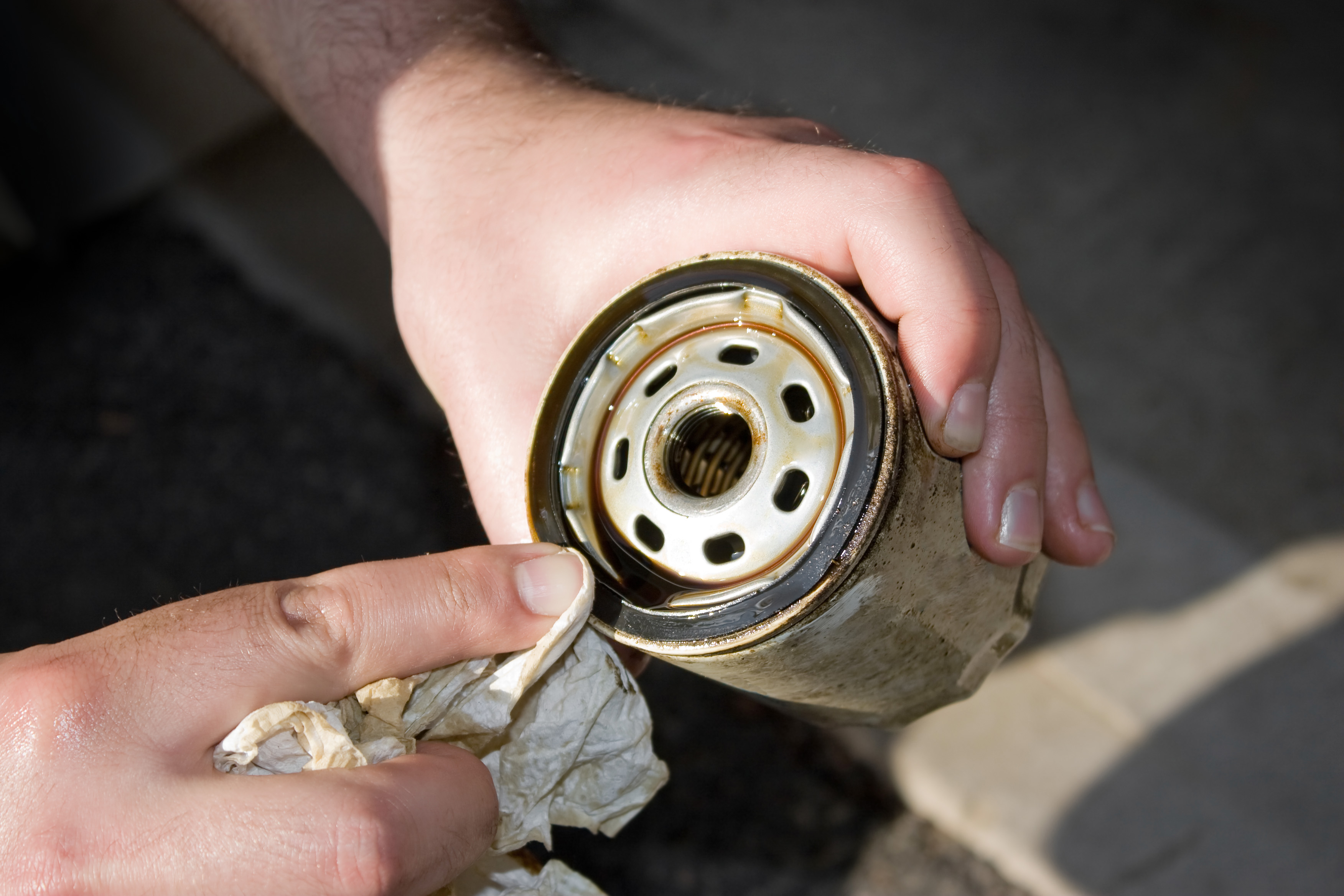There are many reasons why it pays to change your motorcycle’s oil. For one, it prevents break down which ensures your overall safety. Oil is quite essential for the smooth functioning of engines in both motorcycles and automobiles. Before we proceed, I’ll like you to be aware that the oils used for motorcycles are quite different from that of an automobile. The oil used in an automobile engine is different from the one used for its transmission. In motorcycles, the case is different because synthetic oils are used for both the engine and transmission.
CHANGING YOUR MOTORCYCLE OIL IN 5 STEPS
What You Need To Get Started
The following are needed to change your motorcycle oil:
- Oil
- Oil filter
- Rags
- Funnel (cone-shaped tool)
- Wrench
- Crush washer (for drain plug)
- Drain pan
STEP 1
First, cool off the engine of your bike. Put your motorcycle on a center stand on a flat surface, and then drain the existing oil into a draining pan. Adjust the position of the pan according to the oil flow.
STEP 2
Once you have completed the drain, take off the filter with the help of a suitable wrench.
STEP 3
Examine the drain plug and bolts and replace with new ones in case of any wear and tear. Make sure you replace the drain plug back on its place right after.
STEP 4
Replace the old filter with a new one but remember to add some new oil on it.
STEP 5
Use a funnel to replace the old oil that you removed in step 1. Check the owner’s manual if you are not sure what amount to use.
WHY YOU NEED TO CHANGE YOUR MOTORCYCLE OIL
- Changing motorcycle engine oil helps to reduce friction, thereby preventing clutch slippage.
- Without oil, your motorcycle will experience extreme engine damage.
- To ensure smooth and safe riding.
WHY YOUR MOTORCYCLE NEEDS AN OIL FILTER
The oil circulating through your motorcycle’s engine helps to perform but not limited to the following tasks:
- Cool the engine
- Absorb impurities
- Attract and filter metal particles
- Lubricate engine parts
- Seal piston rings
TIPS FOR BIKE OIL MAINTENANCE
- Oiling the chain and inspecting the sprockets regularly prevents friction.
- Do not install a filter that has a relief valve designed to respond to higher oil pressures on your motorcycle.
- Oil and oil filters need to be changed at regular intervals to ensure smooth riding.
- Grease all metallic parts (rims, chains, bolts, drain plug etc.) of your motorcycle regularly.
- Cultivate a habit of always checking your motorcycle oil level each time you stop for gas and top it up if low.
NOTE
Bikes require specifically formulated oils because they break down faster in motorcycles due to the continuous meshing of gears. Thus, all the motorcycle oils are specially designed and formulated for bikes.
Visit Alex Motorcycles to get the best motorcycle oil for your bike.
 info@alexmotorcycles.co.uk
info@alexmotorcycles.co.uk
 020 3581 2184
020 3581 2184





